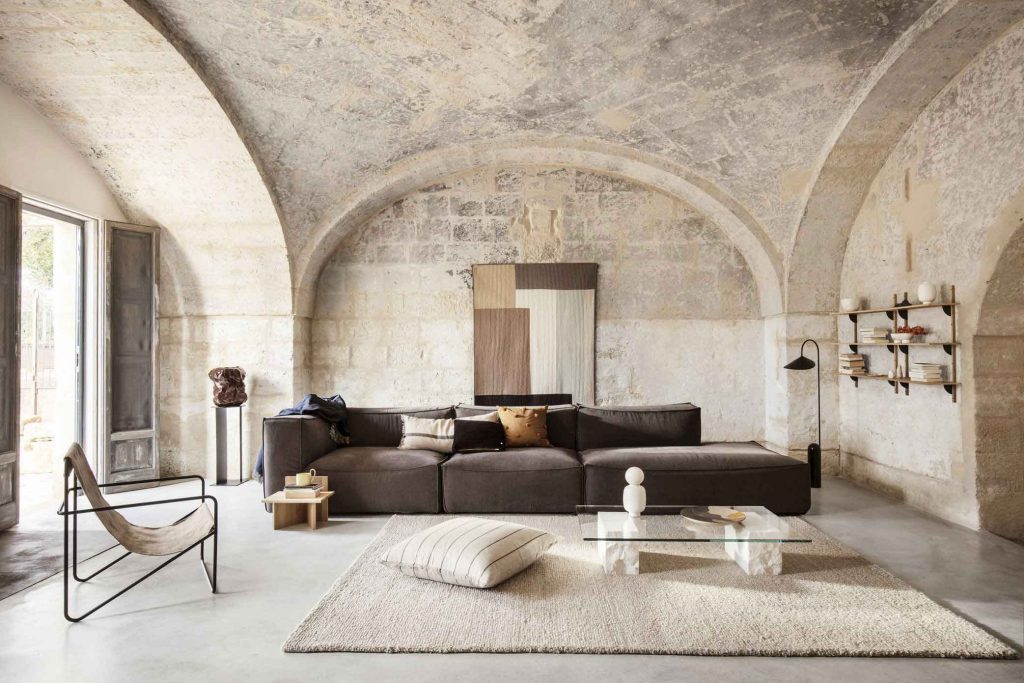In the bustling rhythm of modern life, the concept of slow living has gained prominence as individuals seek a more relaxed and balanced lifestyle. Choosing the best country for slow living involves a careful consideration of various factors, including cultural pace, quality of life, natural surroundings, and overall well-being. This article navigates through the dimensions of slow living, unveiling the countries that stand out as ideal destinations for those embracing a more intentional and unhurried way of life.
Cultural Serenity: Italy's La Dolce Vita
Italy, with its cultural richness and emphasis on enjoying life's simple pleasures, embodies the essence of slow living. From savoring delectable cuisine to leisurely strolls through historic cities, Italy encourages a mindful and unhurried approach to life. The article explores how Italy's cultural values contribute to creating an environment conducive to slow living.
Nordic Tranquility: Embracing the Scandinavian Lifestyle
Nordic countries, including Denmark, Norway, and Sweden, consistently rank high in global happiness indexes. Their commitment to work-life balance, social welfare systems, and connection with nature fosters a sense of tranquility. The exploration delves into the Nordic lifestyle, highlighting how these countries provide an ideal backdrop for those seeking a slower and more meaningful existence.
Pacific Bliss: New Zealand's Relaxed Atmosphere
New Zealand's breathtaking landscapes, friendly communities, and outdoor-centric lifestyle make it a haven for those desiring a slower pace. The article explores how New Zealand's commitment to sustainability, outdoor activities, and a strong sense of community contributes to its appeal as a country for slow living.
Coastal Calm: Costa Rica's Pura Vida Lifestyle
Costa Rica, with its Pura Vida philosophy, epitomizes a laid-back and content way of life. Surrounded by lush rainforests and pristine beaches, Costa Rica encourages a connection with nature and a focus on well-being. The exploration unveils how the country's commitment to environmental sustainability aligns with the principles of slow living.
Asian Tranquility: Bhutan's Gross National Happiness
Bhutan's unique approach to measuring success through Gross National Happiness reflects a commitment to holistic well-being. Nestled in the Himalayas, Bhutan offers a serene environment for those seeking a slower pace of life. The article delves into Bhutan's cultural values and policies that prioritize happiness over material pursuits.
Island Serenity: Bali's Slow Living Retreat
Bali, known for its spiritual atmosphere and tranquil landscapes, has become a global destination for those seeking an escape from the fast-paced world. The exploration uncovers how Bali's vibrant culture, lush surroundings, and wellness-focused lifestyle create an environment conducive to slow living.
The Verdict: Crafting a Slow Living Experience
Determining the best country for slow living ultimately depends on individual preferences and priorities. The article concludes by summarizing the key factors contributing to a slow living experience, including cultural serenity, Nordic tranquility, Pacific bliss, coastal calm, Asian tranquility, and island serenity. It empowers readers to choose a destination that aligns with their vision of a more intentional and fulfilling life.
Conclusion: Embracing the Art of Slow Living
In conclusion, the pursuit of the best country for slow living involves embracing the art of intentional living and finding harmony with one's surroundings. Whether drawn to cultural richness, natural beauty, or a sense of community, individuals can discover a slower and more meaningful existence in countries that prioritize well-being. This exploration aims to guide those seeking tranquility, celebrating destinations that offer an escape from the hurried pace of modern life.





More Stories
Achieve Healthier, Stronger Hair: The Power of Keratin Purifying Shampoo
Nicotinamide in Cosmetics for Brightening and Skin Health
How to ensure drinking safety with a stainless steel sports water bottle?